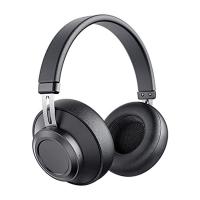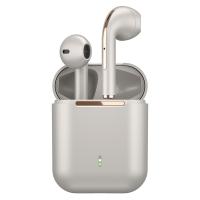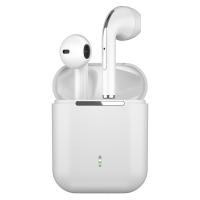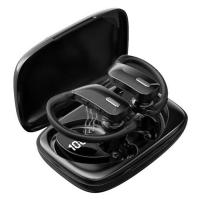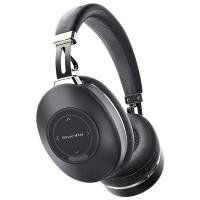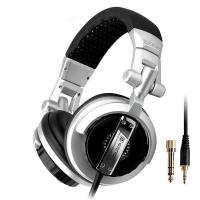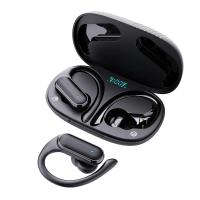How Can I Fix My Headphones?
Headphones are an essential part of our daily lives, whether we use them for listening to music, making calls, or gaming. However, like any other electronic device, they can sometimes malfunction. This article will guide you through various common headphone issues and provide practical solutions to fix them. By the end of this article, you should be able to troubleshoot and resolve most headphone problems on your own.
Identifying the Problem
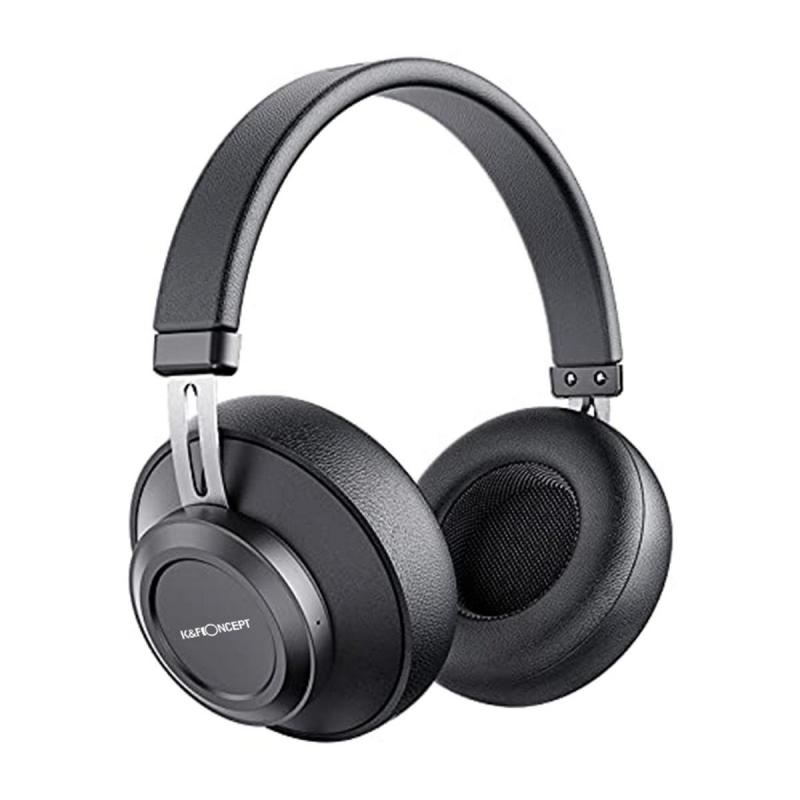
Before diving into the solutions, it's crucial to identify the specific issue with your headphones. Common problems include:
1. No Sound: One or both sides of the headphones are not producing any sound.
2. Distorted Sound: The sound is crackling, muffled, or otherwise distorted.
3. Loose Connection: The headphone jack or cable is loose, causing intermittent sound.
4. Microphone Issues: The built-in microphone is not working or is producing poor quality sound.
5. Physical Damage: Visible damage to the headphones, such as broken headbands or ear cups.
No Sound
Check the Source
First, ensure that the issue is not with the audio source. Test your headphones with different devices like a smartphone, laptop, or tablet. If the headphones work with other devices, the problem likely lies with the original audio source.
Inspect the Cable and Jack
Examine the headphone cable and jack for any visible damage. If the cable is frayed or the jack is bent, this could be the cause of the issue. In some cases, you may need to replace the cable or jack.
Clean the Jack
Dirt and debris can accumulate in the headphone jack, causing poor connectivity. Use a can of compressed air or a cotton swab dipped in rubbing alcohol to clean the jack. Be gentle to avoid damaging the internal components.
Check the Settings
Ensure that the volume is turned up and that the headphones are selected as the output device in your device's audio settings. Sometimes, the issue can be as simple as the volume being muted or too low.
Distorted Sound
Inspect the Drivers
The drivers are the small speakers inside your headphones. If they are damaged, they can produce distorted sound. Gently tap the ear cups to see if the sound improves. If it does, the drivers may be loose and need to be re-secured.
Check the Cable
A damaged or frayed cable can also cause distorted sound. Inspect the entire length of the cable for any signs of wear and tear. If you find any damage, consider replacing the cable.
Update Firmware
If you are using wireless headphones, outdated firmware can sometimes cause sound issues. Check the manufacturer's website for any available updates and follow their instructions to update the firmware.
Loose Connection
Tighten the Jack
If the headphone jack is loose, it can cause intermittent sound. Try gently bending the jack back into place. Be careful not to apply too much force, as this can cause further damage.
Replace the Jack
If the jack is severely damaged, you may need to replace it. This can be done by purchasing a replacement jack and soldering it onto the cable. If you are not comfortable with soldering, consider taking your headphones to a professional repair service.
Microphone Issues
Check the Settings
Ensure that the microphone is selected as the input device in your device's audio settings. Also, check that the microphone is not muted and that the volume is turned up.
Inspect the Microphone
Examine the microphone for any visible damage. If the microphone is built into the cable, check for any frayed or damaged sections. If the microphone is damaged, you may need to replace it.
Update Drivers
Outdated or corrupted drivers can cause microphone issues. Check the manufacturer's website for any available driver updates and follow their instructions to update the drivers.
Physical Damage
Broken Headband
A broken headband can make your headphones uncomfortable or impossible to wear. Depending on the material, you can use super glue, epoxy, or a replacement part to fix the headband. If the headband is made of metal, you may need to use a soldering iron to repair it.
Damaged Ear Cups
Damaged ear cups can affect the sound quality and comfort of your headphones. Replacement ear cups are often available from the manufacturer or third-party sellers. Follow the manufacturer's instructions to replace the ear cups.
Preventative Measures
To extend the life of your headphones and prevent future issues, consider the following tips:
1. Proper Storage: Store your headphones in a protective case when not in use to prevent damage.
2. Avoid Tangles: Keep the cable untangled to prevent fraying and internal damage.
3. Regular Cleaning: Clean the headphone jack and ear cups regularly to prevent dirt and debris buildup.
4. Gentle Handling: Handle your headphones with care to avoid physical damage.
When to Seek Professional Help
While many headphone issues can be resolved with DIY solutions, some problems may require professional assistance. If you are unable to fix the issue on your own or if the headphones are still under warranty, consider contacting the manufacturer or a professional repair service.
Headphones are a valuable accessory, and knowing how to fix common issues can save you time and money. By following the steps outlined in this article, you should be able to troubleshoot and resolve most headphone problems. Remember to take preventative measures to extend the life of your headphones and seek professional help when necessary. With a little care and maintenance, your headphones can provide you with years of high-quality sound.



